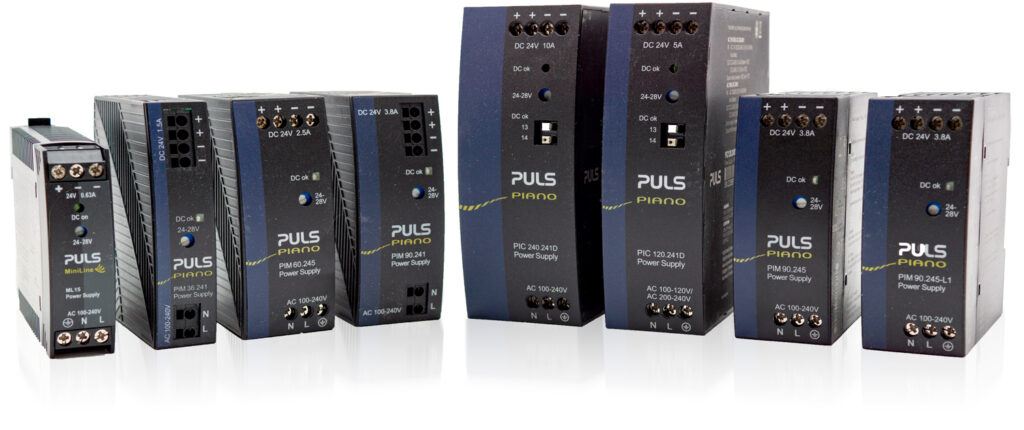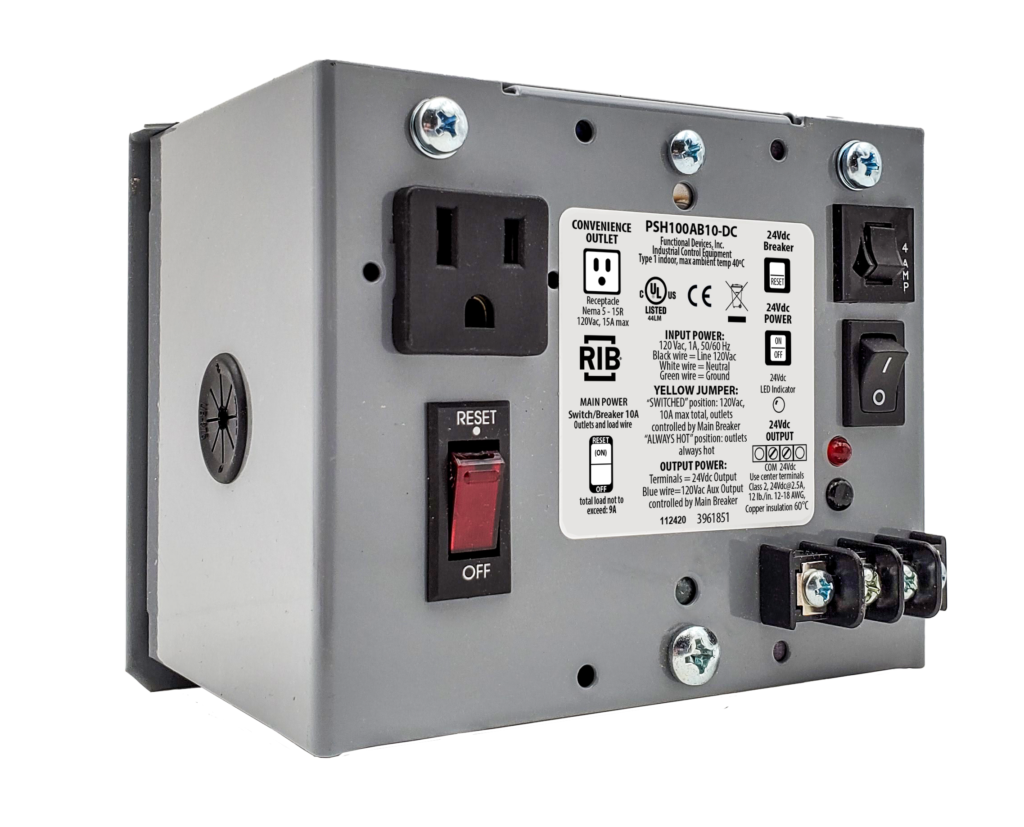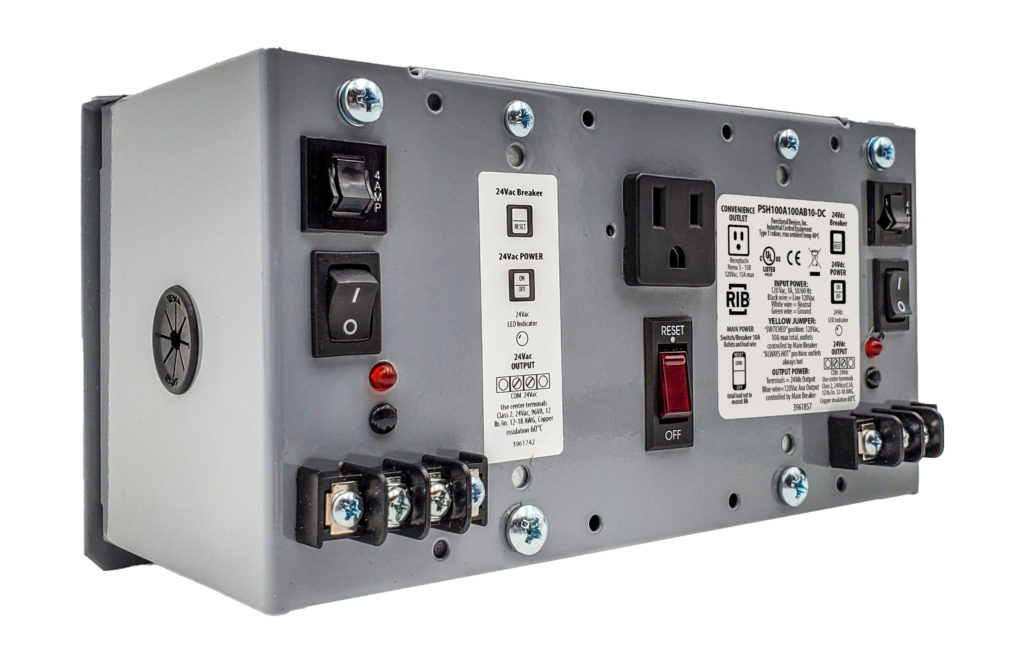DC Power in Building Automation: Cutting Edge, Leading Edge, or Bleeding Edge?

In the Building Automation Industry, the quest for efficiency, sustainability, and innovation is a constant journey. As tech evolves, so do the strategies employed to optimize building functions. One such strategy gaining traction is the utilization of DC power with Building Automation Control Panels. But where does this technology stand on the spectrum of advancement: Cutting Edge, Leading Edge, or Bleeding Edge?
Traditionally, building systems have relied on alternating current power for their operation. However, the rise of renewable sources such as energy storage solutions, solar-powered systems, and the increasing prevalence of DC-powered devices has sparked interest in integrating DC power supplies into Building Automation Control Panels.
DC Power offers several potential benefits for BAS (Building Automation System) Control Strategies:
- Energy Efficiency: DC power transmission incurs fewer losses compared to AC due to the absence of the conversion process, making it more energy efficient.
- Compatibility with Renewable Energy: many renewable energy sources, such as solar panels and batteries, Produce DC power natively. Integrating DC power simplifies the integration of the sources into building systems.
- Device Compatibility: With the increasing use of DC-powered devices like LED lighting, sensors, and electronics, using DC power eliminates the need for AC to DC converters, which reduces complexity and cost.
- Power Quality: DC power can offer improved power quality, stability, and reliability, particularly for sensitive electronic equipment.
So where does DC power stand on the spectrum of advancement?
Leading Edge: Leading-edge technologies are innovative solutions that have gained traction within niche markets or early adopters. DC power in Building Automation Systems can be classified as leading edge, as it is being actively explored and implemented by forward-thinking building automation controls system designers, engineers, and manufacturers.
Cutting Edge: Cutting-edge technologies are those at the forefront of innovation, widely adopted, and proven to deliver substantial benefits. While DC power in the BAS industry shows promise and has been successfully implemented in some projects, AC power remains firmly seated on the throne of acceptance.
Bleeding Edge: Bleeding edge technologies are those that are experimental, with uncertain outcomes and significant risks. While DC power integration into BAS strategies may require some degree of exploration for the best strategies to use in your specific case, it does not fall into the bleeding edge category.
The integration of DC Power in building automation systems represents a promising avenue for enhancing energy efficiency, sustainability, and operational performance. While not yet mainstream, technology is steadily advancing in favor of DC power solutions.
One might ask, where does RIB Building Automation fit into the implementation of DC Powered Solutions? At the forefront of our strategy is offering an end-to-end solution for Control Panel products. When our customers think of power supplies for their panels, we want them to think of us, whether the solution is AC or DC-powered.
RIB Building Automation is well known for our AC-powered solutions, whether for panel power or distributed power for multi-zone applications like VAV’s. But are you aware of our offerings in DC power?
PULS DIN Rail Mount DC Power Supplies

At RIB, we carry a suite of DC power solutions. One of those solutions includes PULS DIN Rail Mounted Power Supplies. Ranging from 15 watts to 240 watts, our offering accepts a range of voltage inputs from 100VAC TO 240VAC. This makes the PULS line of DIN rail power solutions a great choice when the primary power source is unknown.
Class 2 certifications are available on models such as the PULS-ML15-241, PULS-PIM36-241, PULS-PIM60-241, PULS-PIM60-245, and the PULS-PIM90-245-L1.
The larger power supplies include a DC OK Relay, so you can monitor the status of the Power supply via your control system. The addition of a DC OK signal makes the unit suitable for many industry applications such as process control, factory automation or many other critical applications where preventive function monitoring can help to avoid long downtimes. Look at models PULS-PIC120-241D and PULS-PIC240-241D.
The RIB DC power offering does not stop at Din rail mounted solutions, oh no. Like any great product concept, at RIB Building Automation we take it a step further.
PSH100AB10-DC DC Power Supply
We offer DC Power Supplies with accessories like receptacles, breakers, LEDs and terminal strips. Take a look at the PSH100AB10-DC for a 120vac to 24vdc enclosed power supply, offering 60 watts of power.
PSH100A100AB10-DC DC Power Supply
Are you straddling the line between leading edge and cutting edge? Take a look at the PSH100A100AB10-DC for a power supply with both AC power AND DC power in one enclosure. This power supply has a 100VA AC power source on one side, and a 60 watt DC power source on the other.
There are plenty of options on our website for DC power, but if you’re not finding what you need for your specific application, give us a call. We are actively developing more solutions for DC power supplies and would love to hear from you.


